posted June 8, 2021
by Nivi Jaswal, MVLCE
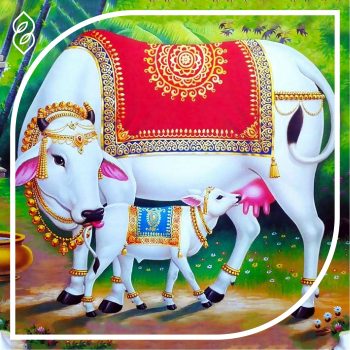
Well, the simplistic—and somewhat impatient—answer is: When India stopped practicing Ahimsa, Yoga and Ayurveda. THAT is the moment when its obsession with animal protein, particularly dairy, took centerstage, leading up to 80 million Indians living with diabetes. A larger number live undiagnosed with pre-diabetes and hypertension, and there is now an epidemic of Black Fungus (mucormycosis) in the wake of the global COVID-19 pandemic.
From 1972 to 2019, the incidence of type 2 diabetes rose from 4% to 17%
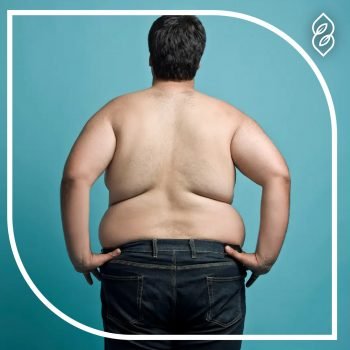
Turns out it wasn’t just diabetes that was on a bull run, no pun intended. The history of diabetes and dairy is closely linked in the country. Contrary to all the dairy folklore and Krishna mythology, persons born in the late 1970s-80s are the first ever generation of South Asians to have experienced Abundance of Dairy in the country. This is a revelation for many who believe dairy and ghee to be a key component of Indian cuisine and traditional Ayurveda, the traditional Indian holistic healthcare and selfcare system.
Here’s a quick snapshot of India’s Dairy History—a function of deliberate political intervention spearheaded less by Ayurvedic heritage but more by the Western philosophy of “animal protein as a cornerstone of nutrition,” and linked to it, economic opportunism:
FACT 1:
The Food Pyramid glorifying dairy in Indian textbooks didn’t appear until 1998, and when it did, it shadowed the one developed by the USDA, minus the meat component.
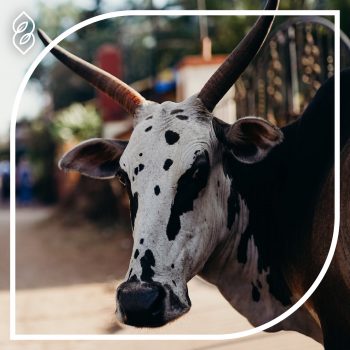
FACT 2:
Ancient Ayurvedic Medicine Practitioners must have had a VERY hard time with milk yields, and hence, ghee produced exclusively for medicinal usage was highly prized, rare and expensive—and not affordable to everyone. We will explore this more in this article.
FACT 3:
Data from the United Nations shows India as the Number 1 dairy producer in the world followed by the United States and other countries. Since the 1970s, MOST of the expansion in milk production has been in South Asia, correlated with rapid rise in chronic disease.
FACT 4:
Genetic Mutation 13910*T that enables Lactose Persistence is found in a small minority (1 in 5) of people in Northwestern India and rapidly declines as we move southeast through the country (predictably due to migratory influx from Europe, Central Asia, and the Middle East).
Just because ancient Ayurveda involves the usage of Ghee medicinally does not imply it is a historically Dairy Rich or Dairy Tolerant geography!
Since the 1940s, the need for food security, pressure to alleviate poverty, and spurring export-oriented dairy production have shaped the Indian government’s pro-dairy policies, federal grants, international agricultural technology transfer programs and more!
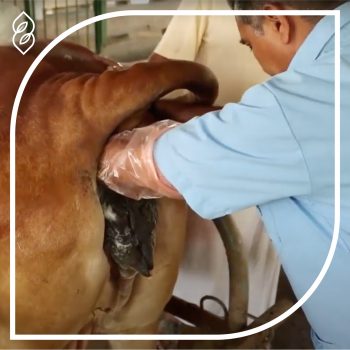
Dr. Verghese Kurien is regarded as the Father of the Dairy Revolution in India. He kickstarted what’s called the Anand Experiment after his returned from Nestlé’s headquarters in Switzerland (this wasn’t a happy conversation and apparently Nestlé mocked his ambition). His Anand Project helped supply much-needed(!) dairy-protein provisions to Indian troops in 1962 during the Indochina war. Dr. Kurien was applauded by the Prime Minister of India and the National Dairy Development Board of India was born in 1965, as was Amul—India’s largest dairy brand.
These events launched the world’s largest dairy development program called Operation Flood in 1970.
PHASE 1: 1970-80
Infrastructure for dairy cooperatives built with help from the European Economic Community through the World Food Program
PHASE 2: 1981-1985
World Bank loan supported direct marketing and expanded production of milk to several million liters a day.
PHASE 3: 1986-1996
Import of foreign hybrid varieties of cows and use of Bovine Growth Hormones started. Indian government aired popular ads similar to USDA’s Got Milk? campaign.
PHASE 4 1996 – 2000s
Indian Dietary Guidelines launched, and textbooks became the government’s favorite vehicle of generating dairy awareness among schoolchildren.
The history of Abundance of Dairy in India is way more recent than our generational memory would like to believe, but its impact is here to stay in the form of chronic illness epidemic, large scale cruelty towards cows, and ultimately, cow slaughter and climate change. PETA India has just appealed to Amul India to consider switching to vegan dairy alternatives and that has led to a furor, including rumors of a ban on PETA’s operations.
As Vegan consciousness grows and plant-based alternatives become more widely available, how will it reshape India’s dairy sector and those that use the very terminology of Ahimsa and Ayurveda to describe it? Only time will tell.
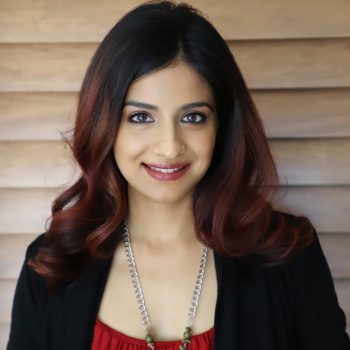
Nivi Jaswal, MBA, NBC-HWC, MVLC, a connector at heart, builds strong teams inspired to deliver socially responsible projects with high community impact. She brings 15 years’ experience in marketing and corporate strategy in CPG, life sciences, and media and research industry. In various assignments across APAC, EU and Middle East, and Africa, Nivi has managed large brands and complex projects involving innovation, consumer research and communications development. She is a Professional Team Member of the American College of Lifestyle Medicine. At her nonprofit, Nivi brings together professionals with diverse specialties such as anthropology, psychology, animal rights, social work, lifestyle medicine, filmmaking, and creative problem-solving to design climate-conscious, plant-powered projects addressing chronic illness and encouraging emotional wellbeing. In 2020, Virsā launched the JIVINITI platform in the United States, advocating for low-income women of color and the JIVINITI women’s coalition comprising women leaders with plant-based nutrition, medical science, and social justice expertise.
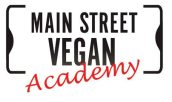
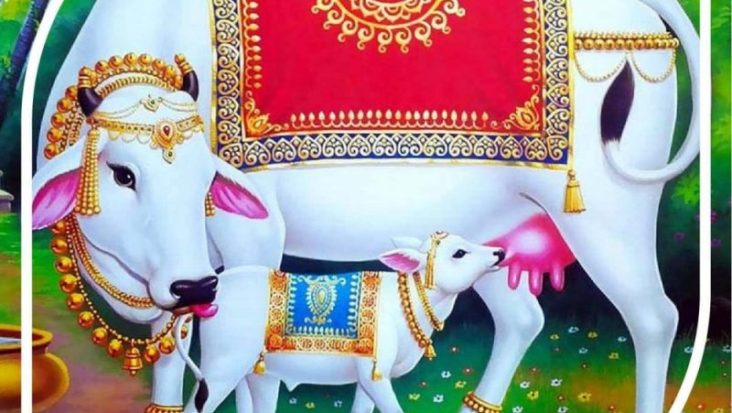
It is interesting to to see the parallels between the dairy indoctrination in India with the dairy indoctrination in the United States. Thanks for sharing this information with us!
Wonderful article, mam
Thank you for this excellent analysis.
The article is full of inaccurate observations.
#1. – The article begins with “Well, the simplistic—and somewhat impatient—answer is: When India stopped practicing Ahimsa, Yoga and Ayurveda. THAT is the moment when its obsession with animal protein, particularly dairy, took centerstage, leading up to 80 million Indians living with diabetes. ” So, what is the exact or approximate date when that happened, i.e. India stopped practicing Ahimsa” ?
#2. If you are saying from the above that milk production is not Ahimsa then you may be in for a surprise. Religious sects like ISKCON will tell you that there is no Hinsa in dairy and God has made the cow as a special animal for mankind, etc. Even the Jains who uphold the principles of Ahimsa consume dairy.
#3 This is totally incorrect, too. “persons born in the late 1970s-80s are the first ever generation of South Asians to have experienced Abundance of Dairy in the country. ” I was born before that and grew up in India and can vouch for the abundance of dairy based foods I enjoyed growing up. Only foods like cheese have become more abundant after India opened up for foreign corps.
I am not going to spend any more time analyzing this article full of extremely unreliable statements.
It seems strange, since there are literally hundreds of Medicated Ghee recipes, milk decoctions and dairy uses dating back through the Charak Samhita and before, that you would be pointing to the last century only. Ghee is used in Weddings and medicine and cooking for thousands of years. You may be right about cheese…but you are speaking to ayurveda. I am surprised…since all validation and texts point to this article being purposefully misleading vegan propaganda.
From ghee flows the sustenance of all the worlds
-Mahabharata
If you have no money, then beg, borrow or steal, but in some way secure ghee and enjoy life.
-Carvaka Muni
“Ayurveda is that which deals with the good, bad, happy and unhappy life, its promoters and non-promoters, measure and nature…mind, self and body – these three make a tripod on which the living world stands.” The foundation for a healthy life, we are taught, is not asceticism and avoidance, but, rather, enjoyment and appreciation of all of the good things of life – appropriately, and in moderation.
Charak samhita